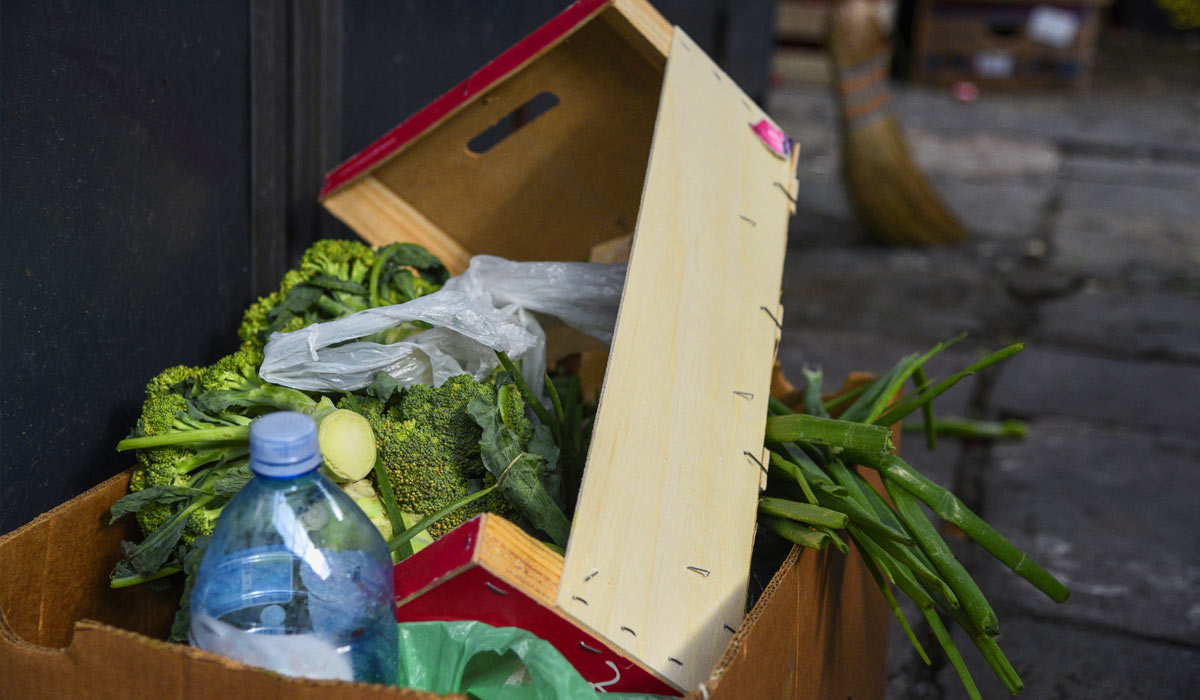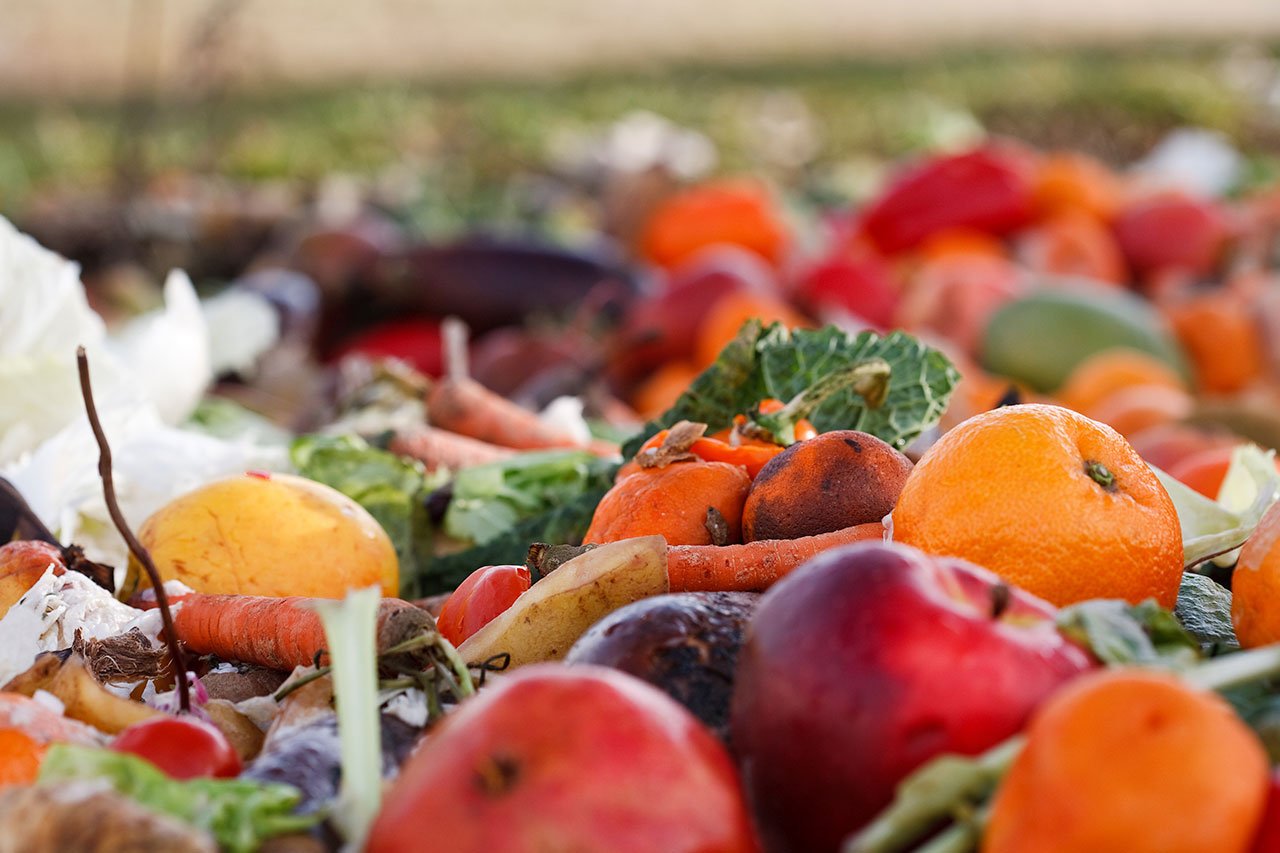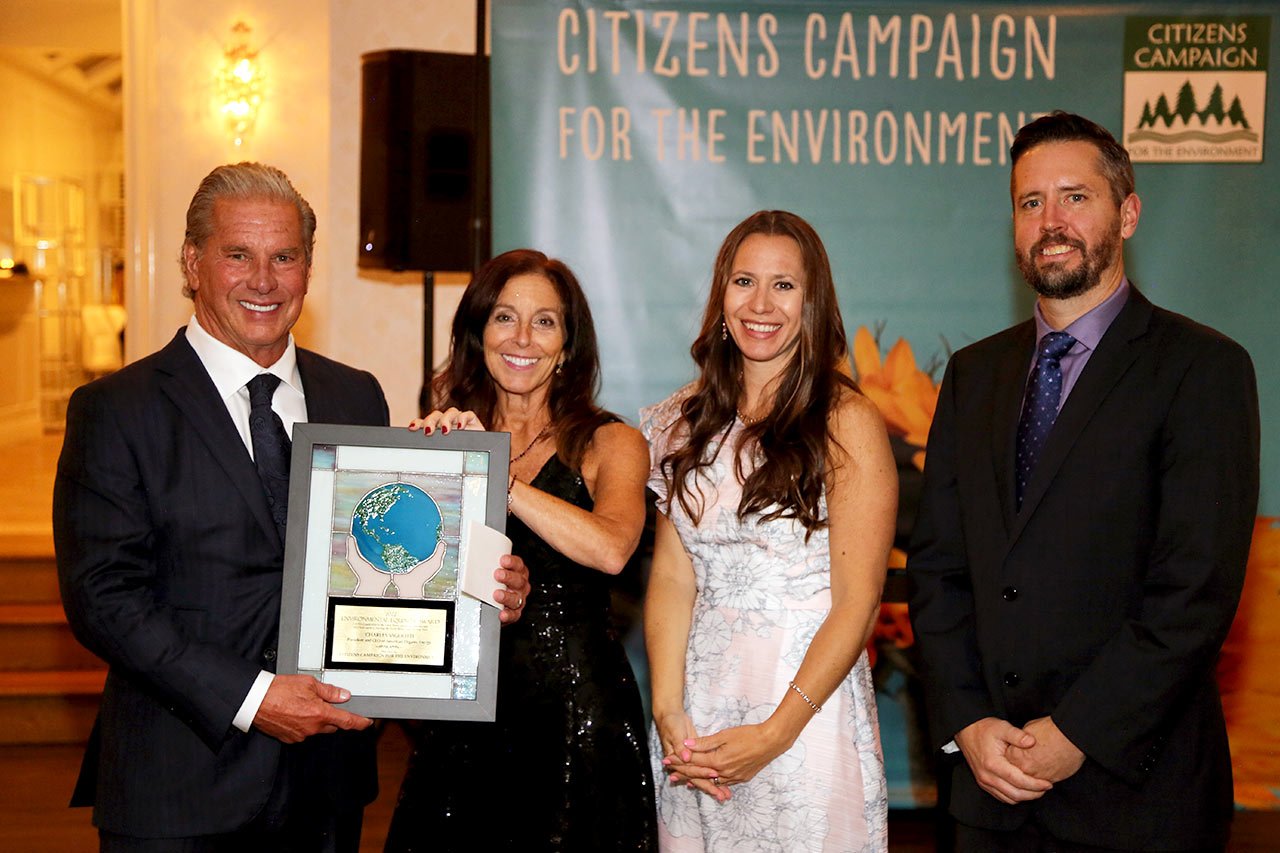New York City’s Department of Sanitation handles approximately 12,000 tons of garbage each day, and more than one-third of this is food or yard waste.
Such tremendous volume is problematic on two main fronts: pollution and hunger. Around 30 to 40 percent of the food supply in the United States ends up as food waste, despite 1.5 million New Yorkers struggling to feed themselves. Once discarded food ends up in landfills, it creates additional issues. Degrading organic matter releases methane, a greenhouse gas linked to global warming.
In 2013, Mayor Michael Bloomberg announced plans to address what he dubbed the “final recycling frontier” by expanding the organic food waste recycling program. However, skeptics successfully pushed to suspend the program’s expansion.
But while New York City’s waste reduction efforts have been fraught with setbacks, they’re not completely trashed yet. Renewed efforts to collaborate to reduce food waste look promising.
OneNYC 2050 Sets High Goals
OneNYC 2050 is a long-term strategic plan intended to improve equity, strengthen democracy, and address climate change. To achieve the ambitious Zero Waste goals set forth by OneNYC 2050, New York City is actively bolstering its ability to process organics. Key ways to do this include composting organic waste and processing food scraps and other organic materials into renewable energy via anaerobic digestion.
Zero Waste initiatives have also made New York City home to the largest curbside organics collection program in the world, providing such services to more than 3.5 million New Yorkers—approximately one-third of residents. The city plans to further expand the program through curbside pickup, additional drop-off sites, and support for community composting opportunities. Ultimately, the plan aspires to increase organics processing capacity to 1 million tons per year with the help of government agencies and private partners.
Recent Laws Aim to Limit Food Waste
New York has instituted comprehensive legislation aimed at preventing food waste through food donation and recycling requirements.
Section 27-2218 of the state’s environmental conservation law requires supermarkets to donate excess food from time to time to food relief organizations. While the law does not specify quantity or frequency, it does call for penalties for supermarkets that do not comply, thereby encouraging them to donate excess rather than throwing it away. This is intended to help alleviate hunger and food insecurity, but could also reduce the volume of food that ends up in landfills.
Effective in 2022, Section 27-2203 also mandates that “designated food scrap generators” separate excess food for donation “to the maximum extent practicable.” Food scrap generators include supermarkets, higher educational institutions, and other organizations that generate two tons or more of food scraps per week at a single location. Food waste that is not donated must be separated from other waste and taken to an organics recycler, capacity allowing, if the food scrap generator is within 25 miles of such a facility.
Introducing Food Forward NYC, a 10-Year Food Plan
Designed to tackle food insecurity, racial inequity, economic insecurity, climate risk, and technological change, Food Forward NYC officially went into effect in early 2021. This plan sets five broad food-related goals: multiple ways to access healthy, affordable, and culturally appropriate food; a food economy that “drives economic opportunity and provides good jobs;” an efficient and resilient supply chain; sustainable production, distribution, and disposal of food; and the support essential to achieving the 10-year food policy plan.
The initiative is broken down into dozens of smaller objectives, including collecting 90% of citywide organic waste from schools and city institutions by 2030. New York City also intends to require that more commercial establishments recycle their organic waste.
To relieve the burden of more sustainable waste management, New York City proposes bolstering community-led waste management, particularly in neighborhoods subject to historical disinvestment and environmental burdens, including those overseen by the New York City Housing Authority (NYCHA).
Additionally, the city intends to work with property owners with high refrigeration needs to make their appliances more efficient and affordable so that it’s easier to prolong product shelf life through cold storage. New York City also intends to push for national research-informed expiration date standards to reduce food waste associated with inaccurate expiration dates.
The Growth of the Anaerobic Digestion Market
The anaerobic digestion market is projected to grow significantly, skyrocketing from $7.54 billion in 2018 to $15.28 billion in 2025. North America is expected to dominate this, and New York City is poised to play a prominent role.
American Organic Energy hopes to begin the construction of its large-scale anaerobic digester before the end of 2021. As the most sophisticated food waste processing facility in the world, it aims to help the New York metropolitan area achieve its goal of net-zero waste by processing 180,000 tons of local food waste per year to generate renewable energy while reducing harmful carbon emissions.








